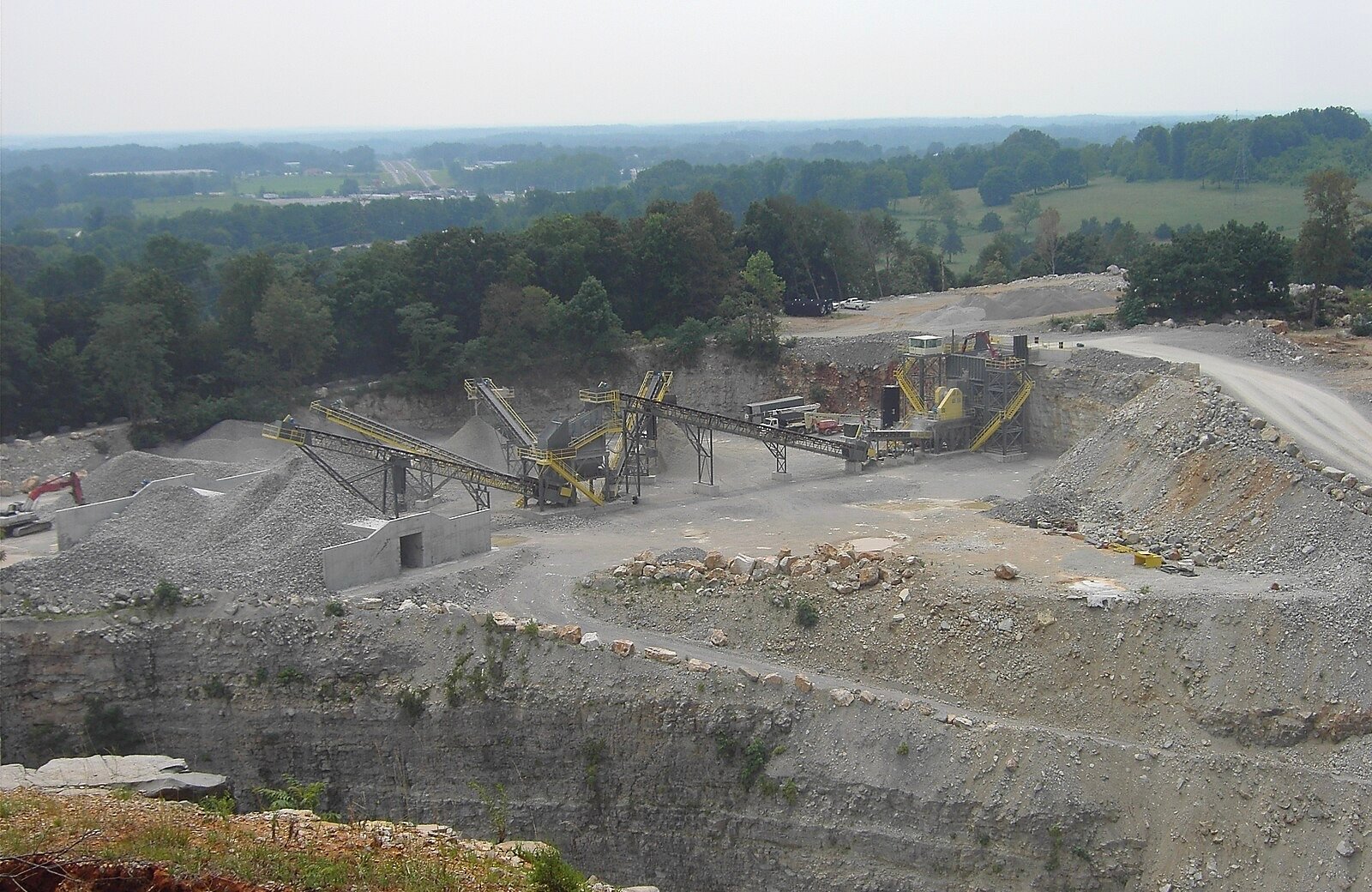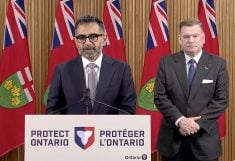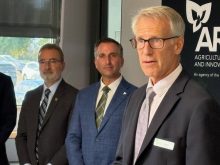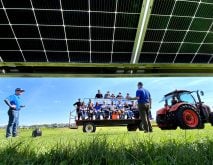An updated Environment Farm Plan (EFP) will be available to Ontario farmers starting July 14, 2025.
The updated edition reflects current regulatory requirements and latest science on best management practices, includes links to new tools and new areas of focus like biodiversity and farming in a changing climate, the Ontario Soil and Crop Improvement Association (OSCIA) said in a release.
First published in 1993, this update is the fifth edition of the EFP. The EFP is a confidential and voluntary environmental risk assessment tool that helps the owners of all types of farms—large or small—take a whole-farm view and identify incremental improvements that support long-term sustainability, profitability and productivity, OSCIA said.
Read Also

Melancthon faces a new quarry fight over water, environment and farmland risks
A proposed Strada blast quarry in Melancthon, Ont., sparks regional debate over water protection, farmland sustainability, and Ontario’s aggregate policy.
There is no cost to farmers to participate. Since its first edition, the EFP program has helped farmers develop comprehensive plans for their lands to help them achieve their goals as good stewards of the land.
Trevor Jones, minister of Agriculture, Food and Agribusiness said in the release “The EFP is an important tool to assess, enhance and protect the environmental sustainability of Ontario farmlands and provides valuable information and guidance to Ontario farmers.”
Development of the updated EFP relied on technical expertise from staff at the Ontario Ministry of Agriculture, Food and Agribusiness (OMAFA) and other provincial ministries and federal departments and has been supported by the farm organizations that originally launched EFP as co-chairs of the former Ontario Farm Environmental Coalition (OFEC). These founding leaders — OMAFA, Agriculture and Agri-Food Canada, the Ontario Federation of Agriculture, Christian Farmers Federation of Ontario, Farm & Food Care Ontario, and the Ontario Soil and Crop Improvement Association — remain committed to the EFP’s fundamental principle of helping farmers adopt innovative and sustainable best management practices.
“We encourage all farmers to complete the updated edition. An EFP provides farmers with the opportunity to assess their farm’s environmental impact using new tools that ultimately improve long-term productivity, profitability and sustainability,” said Melanie Hunter, OSCIA’s field services manager. “Even if a farmer has completed an EFP before, updating it ensures decisions are based on current operations and environmental conditions.”
The EFP consists of two parts: a confidential self-assessment of the farm operation and a farm-specific action plan. Through this process, farmers highlight their farm’s environmental strengths, identify areas of concern, and develop realistic action plans with timelines to improve environmental conditions. Funding programs may be available to assist farmers in implementing improvements identified in their EFP action plan.
“An EFP helps farmers adapt to changing environmental conditions and plan for the long-term success of their farms,” said Hunter. “But attending a workshop or webinar and completing an EFP are first steps—once a farmer begins implementing best management practices, we recommend they also explore cost-sharing programs to help offset implementation costs.”
Farmers can complete an EFP, using the new fith edition workbook, in one of three ways:
- In-person: Attend a two-day workshop led by knowledgeable OSCIA staff, with opportunities to network with fellow farmers.
- Virtual sessions: Participate in two, two-hour online interactive webinars delivered by OSCIA staff.
- Electronic EFP (eEFP): Renew a previously-verified fourth edition EFP independently online.
For more information on the fifth edition of the EFP, or to find available workshops and webinars, visit the EFP webpage. A frequently-asked-questions resource is also available outlining the key updates, cost-share eligibility and more.















